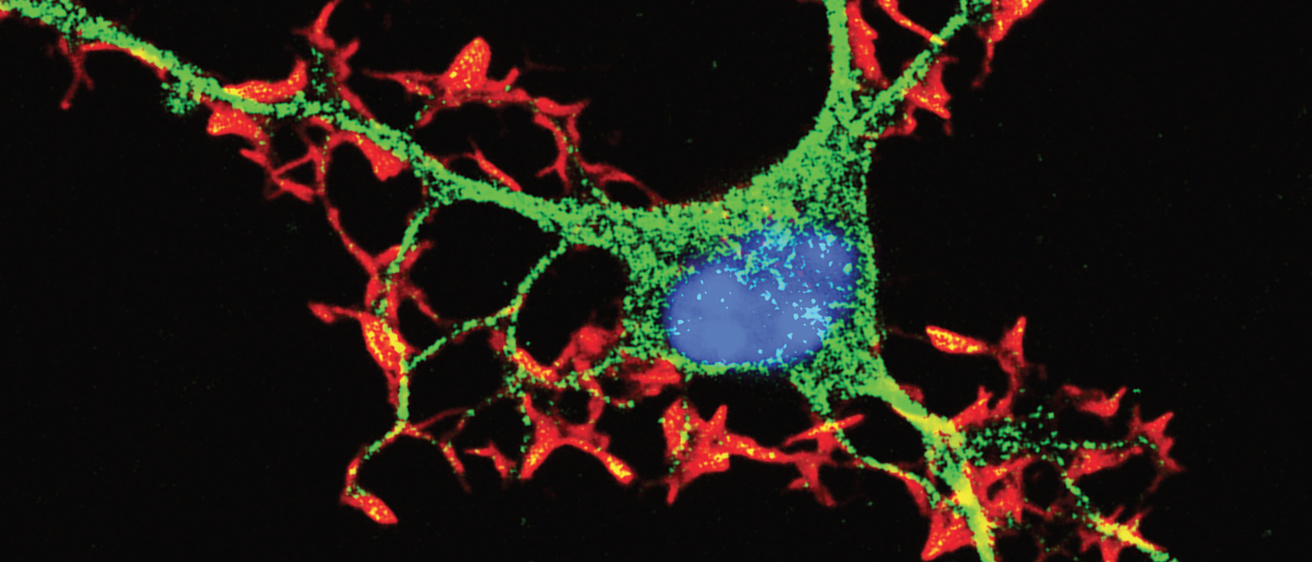Over the past 30 years, behavioral, computational, and neuroscientific investigations have yielded fresh insights into how pigeons adapt to the diverse complexities of their visual world. A prime area of interest has been how pigeons categorize the innumerable individual stimuli they encounter. Most studies involve either photorealistic representations of actual objects thus affording the virtue of being naturalistic, or highly artificial stimuli thus affording the virtue of being experimentally manipulable. Together those studies have revealed the pigeon to be a prodigious classifier of both naturalistic and artificial visual stimuli. In each case, new computational models suggest that elementary associative learning lies at the root of the pigeon’s category learning and generalization. In addition, ongoing computational and neuroscientific investigations suggest how naturalistic and artificial stimuli may be processed along the pigeon’s visual pathway. Given the pigeon’s availability and affordability, there are compelling reasons for this animal model to gain increasing prominence in contemporary neuroscientific research.
https://journals.sagepub.com/doi/full/10.1177/26331055241235918
